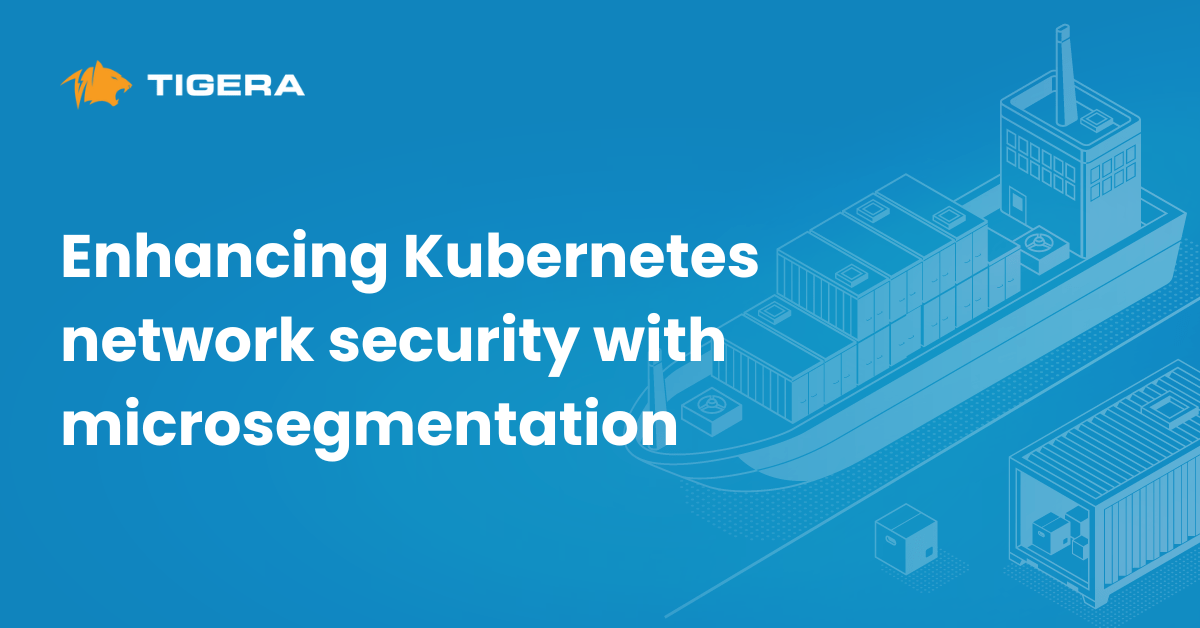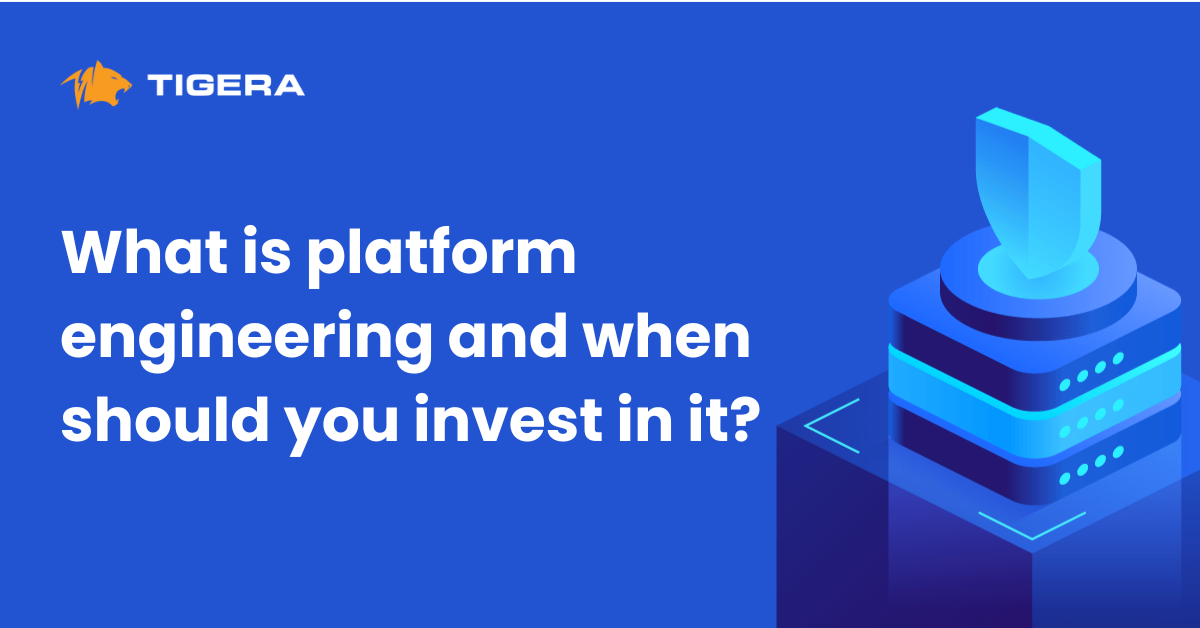This is part 2 of the blog series on the MITRE ATT&CK framework for container security, where I explain and discuss the MITRE ATT&CK framework. For those who are not familiar with what the MITRE framework is, I encourage you to read part 1.
In my previous blog post, I explained the first four stages of the MITRE ATT&CK framework and the tactics used by adversaries to gain a foothold in the network or the environment within a containerized application. What happens next?
Imagine a military battalion trying to invade its enemy’s territory. What would a soldier do once they’ve infiltrated the opposition? They would take cover and wait for the right opportunity to attack. Similarly, in cyber crime, an attacker will take time to make sure they evade any type of defense that has been put in place. This is the fifth stage in the MITRE ATT&CK framework. In this article, I will explore this fifth stage, along with stages six through nine, and look at how Calico can help mitigate the attack techniques used in these stages.

Delivery and exploitation tactics
Defense evasion
Many security solutions offer a wide range of features to detect and track malicious behavior in containers. In the MITRE ATT&CK framework, defense evasion techniques are meant to obfuscate these tools so that everything the bad actor is doing seems to be legitimate. One example of defense evasion includes building the container image directly on the host instead of pulling from public or private registries. There are also evasion techniques that are harder to identify, such as those based on reverse forensics. Attackers use these techniques to delete all logs and events related to their malicious activities so that the administrator of a security, security information and event management (SIEM), or observability tool has no idea that an unauthorized event or process has occurred.
To protect against defense evasion, Calico’s container security solution detects malware during runtime and provides threat detection and blocking capabilities.
- Runtime threat defense to protect against malware
- Honeypods to capture malicious actors and activity
Credential access
If, after employing defensive evasion techniques, an attacker has not been successful in obtaining sensitive data, they are probably looking at accounts, passwords, and other credentials that will let them access the data they’re looking for. There are multiple ways an attacker can get the credentials they need, such as social engineering, spear phishing, brute force, and network sniffing. In a Kubernetes-based environment, access tokens for APIs are required to authorize API communication (OAuth 2.0) that happens between the Kubernetes API server and the container processes. If these tokens are compromised, any attacker can run Kubernetes commands as an authorized user.
Discovery
In the MITRE ATT&CK framework, this is a critical stage for both the attacker and the organization (defender). Once an adversary gets enough information from this stage about all the resources such as pods, nodes, images, etc., they’ll have an approximate blueprint of the entire application. This information can be used to plan how to move from workload to workload until their desired outcome is reached. Most threat actors and teams spend a considerable amount of time in this phase.
Calico’s flagship features are designed for zero-trust workload access and deliver the following mitigation strategies for the discovery phase of an attack:
- DNS policies and workload access controls to limit access to resources
- Identity-based microsegmentation to reduce the attack surface and prevent sensitive workloads from being discovered
Installation and spread tactics
Lateral movement
There is a downside to the array of benefits that come with using public cloud services, as well as the way cloud-native applications are architected: lateral communication. Traditionally, we have seen traffic entering and leaving a network perimeter more than traffic that does not hit the perimeter firewall (east-west traffic). With modern cloud-native applications, the numbers have flipped. We tend to see a high volume of traffic between services and within pods in a Kubernetes-based microservice application. Although the MITRE framework has included ‘lateral movement’ as a tactic, what it has not addressed is the dataplane or user traffic that flows laterally, so let’s briefly explain what this is.

Lateral movement is a critical aspect when it comes to container security as it can be a way to evade traditional security tools that are not designed to be deployed in a Kubernetes-based application. This is where Calico’s zero-trust workload security principles come into play with least-privilege access for user traffic. Calico’s DNS policies applied to the workloads ensure that granular access such as pod-to-pod communication is controlled and filtered based on the workload’s function.

Command and control tactics
Impact
Continuing my explanation on the MITRE ATT&CK framework, let’s look at impact. The ultimate goal of any adversary or bad actor could be one or a combination of the following:
- Stealing sensitive data
- Holding stolen data for ransom (ransomware)
- Stealing compute resources to mine cryptocurrency (cryptojacking)
- Cyber terrorism to bring down public infrastructure
Organizations are most worried about losing critical data—both internal and customer information—through command and control activity. Any security system, no matter how good it is at detecting vulnerabilities or threat activity, must be able to block the transfer of sensitive data from inside the organization to an external actor. In a containerized environment, this means applying the principle of least privilege for workloads when they communicate with other workloads within a cluster, with external applications and workloads outside the cluster, and with end users.
Conclusion
This two-part blog series explored the mindset and strategies used by cyber criminals to breach an organization, and how container security solutions should be one step ahead of the criminals by investing in a tailor-made security approach for containers and Kubernetes. A solid defense-in-depth strategy along with a Kubernetes-native solution makes a tool like Calico an ideal solution for DevOps and platform teams.
Learn more about Calico’s container and Kubernetes security solution.
This article was originally posted to Container Journal in January 2023. Reposted with permission. Please see the original article here.
Join our mailing list
Get updates on blog posts, workshops, certification programs, new releases, and more!


